Nearly 24 hours of daylight in June sounds impossible, yet it’s real—and it changes how you plan a trip here.
I write from experience: Iceland’s four seasons reshape every itinerary. Long summer days open hiking and festivals, while winter brings short, cozy days for hot springs and great northern lights hunting.
I weigh weather against crowds so you can pick what matters most. Peak summer gives easy roads and big crowds. Shoulder months offer milder weather, fewer people, and better value. Winter is rugged, with road closures at times, but it delivers ice caves and clear nights for aurora chases.
For a quick, practical overview and month-by-month tips, see this guide on ideal seasons and planning strategies: seasonal travel advice. I’ll also share my checklist for packing layers and staying flexible.
Key Takeaways
- June brings almost constant daylight—great for hikes and festivals.
- Shoulder months mean fewer crowds and milder weather.
- Winter offers hot springs, ice caves, and strong northern lights chances.
- Late December is busy again for holiday celebrations and fireworks.
- Pack layers and plan for sudden weather shifts during your trip.
How I Decide the Best Time to Visit Iceland for Different Trips
My first question is simple: do you want long daylight for hikes, milder weather, budget savings, or a quiet landscape for photos?
I match that priority to the right season. High season runs June–August and late December, so I avoid those months if you want fewer crowds and better rates.
Shoulder months—May and September through mid-October—often give milder weather and thinner crowds. Note that some highland roads stay closed in spring, so I plan routes accordingly.
For aurora chances, I focus on deep fall through early spring and book flexible nights around clear dark skies rather than fixed calendar dates. Winter (November–March) offers the highest likelihood, but I add extra drive time and backup stops for safety.
- Wide access to trails: summer routes and mountain roads.
- Fewer crowds + decent daylight: September to early October or May.
- Budget travel: off-season November–April (exclude late December) with early bookings.
| Priority | Suggested Months | Pros | Notes |
|---|---|---|---|
| Hiking & roads | June–Aug | Full access, long daylight | Big crowds, book early |
| Fewer crowds | Sep–mid Oct, May | Milder weather, quieter | Some spring road limits |
| Aurora viewing | Nov–Mar | Higher chance of clear dark nights | Watch forecasts; plan flex nights |
| Budget travel | Nov–Apr (except Dec) | Lower prices | Expect shorter daylight |
For a quick planning checklist and month-by-month tips, see this handy seasonal guide.
best time to visit iceland: Quick Answers by Priority
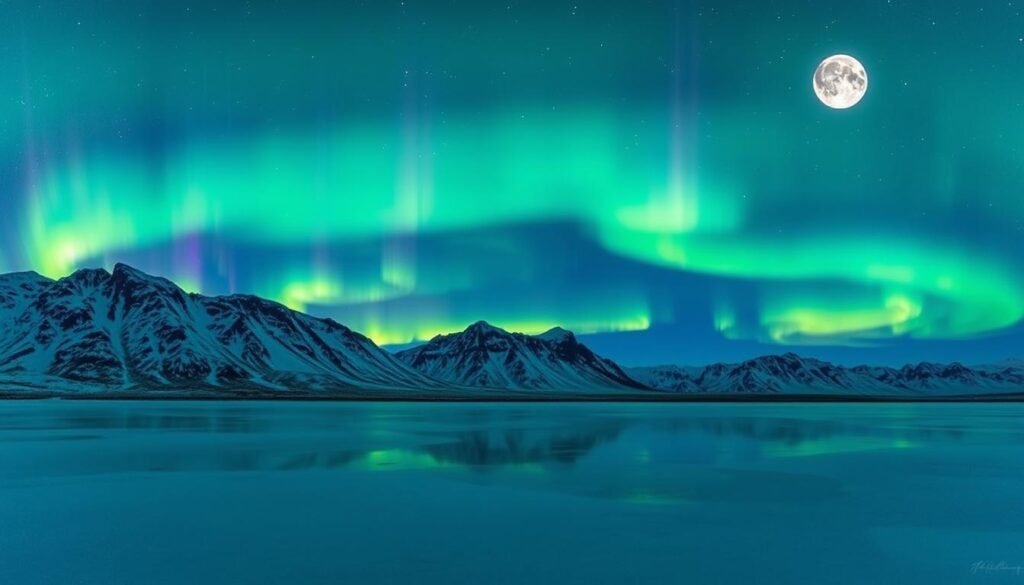
I rank priorities first, then pick months that fit your goals. Below are concise options so you can choose fast.
For fewer crowds and fair prices
September to mid-October and November through April (skip late December) give quieter roads and better rates. Shoulder months keep decent weather while avoiding most holiday spikes.
For northern lights
Plan between September and March for the best aurora chances. Activity often peaks near the equinoxes in late September and March, so I watch those windows closely.
For the warmest weather and longest days
June–August delivers the warmest temps, long daylight, and broad access. Expect peak crowds; I schedule early starts or late outings to dodge the heaviest visitor flow.
- If I want value and elbow room, I choose Sept–mid-Oct or Nov–Apr, skipping late December.
- For hikers and highland access, I default to summer and beat tour buses with early departures.
- For winter scenery and icy falls, I bracket trips Nov–Mar and plan flexible driving days.
September to March, Explained Month by Month
The stretch from September into March shifts fast; I track what each month realistically offers for outdoor plans.
September
I find September offers thinning crowds and milder temperatures. Early aurora nights return and daylight still lets me fit hikes into the day.
By late September some highland roads start closing, so I plan lowland routes first.
October
October brings clearer nights for northern lights and bright autumn color during the days. I lean on easy hot springs and shorter drives between sights.
November
November settles into low-season calm. Ice caves begin forming and warm pools become a daily delight.
I build itineraries around daylight windows and leave buffer for roadside changes.
December
December has very short daylight—often only a few hours in the darkest spots. I keep plans compact and enjoy festive lights and Reykjavik’s New Year’s Eve fireworks.
January
January is deep winter: prime ice caves, heavy snow vistas, and cultural events like Þorrablót. I allow extra drive time for storms and slower roads.
February
February mixes aurora chances with the Winter Lights Festival. Orca sightings often begin along West Iceland’s coast, so I schedule flexible sea trips.
March
March brings longer days and a boost in northern lights activity near the equinox. I use the extra daylight for glacier walks, snowmobiling, and late-winter waterfalls.
- Summary: these months trade long daylight for prime aurora nights and winter scenery.
- Plan: pick months based on crowds, road access, and the activities you want.
Northern Lights in Iceland: When, Where, and How I Maximize My Chances
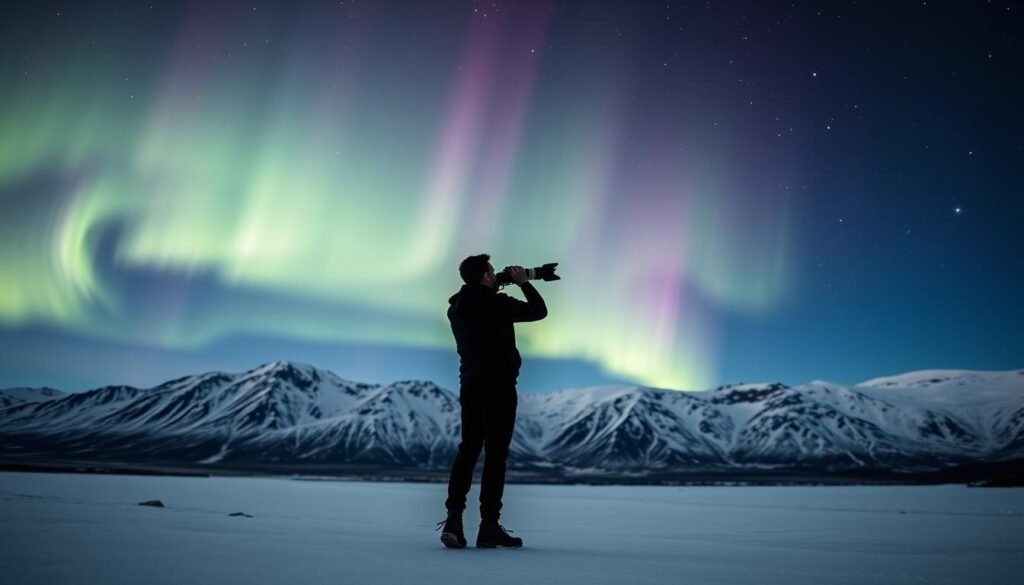
Chasing the northern lights demands a mix of planning, patience, and a little luck. I treat aurora hunts as flexible nights that bend around weather, cloud cover, and solar activity.
Best months and viewing conditions
I plan aurora hunts between September and March. Those months give the longest dark hours and the highest probability of visible activity. The equinox windows in late September and March often boost geomagnetic activity, which raises the aurora borealis odds.
Clear skies, low light pollution, and strong solar indices matter most. I check cloud cover, Kp and local forecasts the day before and during the trip.
Where I go and what I do
I leave Reykjavik and drive into the countryside so my eyes can adapt to true darkness. This is how I see northern lights more often and how groups get clear views.
- I watch moon phase and cloud cover so I can stack the chance for a show.
- I plan around equinox windows and keep daytime plans ready if the sky stays cloudy.
- I carry a red-headlamp, tripod, spare batteries, and warm layers for long cold hours.
- I teach you to spot grey-green arcs that suddenly brighten; when forecasts pop, I pivot fast.
Real talk: even in prime months the aurora is never guaranteed. I always build memorable daytime options into the itinerary so a clear night is a bonus, not the whole trip.
Whale Watching and Wildlife Windows to Know Before You Go
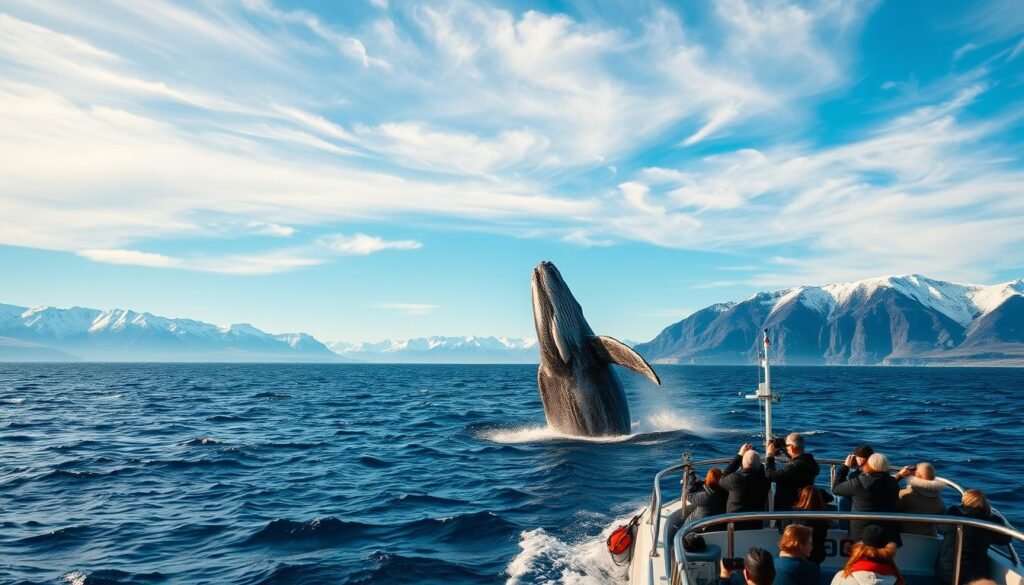
Whale encounters shape many Iceland trips, so I plan marine outings around predictable windows.
For classic whale watching I aim for May through October. Sightings peak in June and July, when minke whales and dolphins show up near Reykjavik.
Orcas often appear along the Snæfellsnes peninsula from February into early June. Up north, Húsavík is the hub for humpbacks, minkes, and occasional blue whales in summer.
- I schedule most whale watching trips in June–July for higher odds and calmer seas.
- In winter shoulder months I target West Iceland orca runs and choose flexible operators.
- I prefer early or late sailings for quieter decks and better light for photos.
- I pack waterproof layers and seasickness remedies, even in summer.
| Region | Prime months | Common species |
|---|---|---|
| Reykjavik coast | May–Aug | Minke whales, dolphins |
| Snæfellsnes | Feb–Jun | Orcas |
| Húsavík / North | May–Aug | Humpbacks, minkes, blue whales |
Quick note: If your plans fall outside prime months, I pick operators with naturalist guides and flexible cancellation policies. That keeps expectations realistic and experiences memorable, whether you’re chasing whales or the northern lights.
Weather, Daylight, Roads, and Crowds: What I Expect Each Season
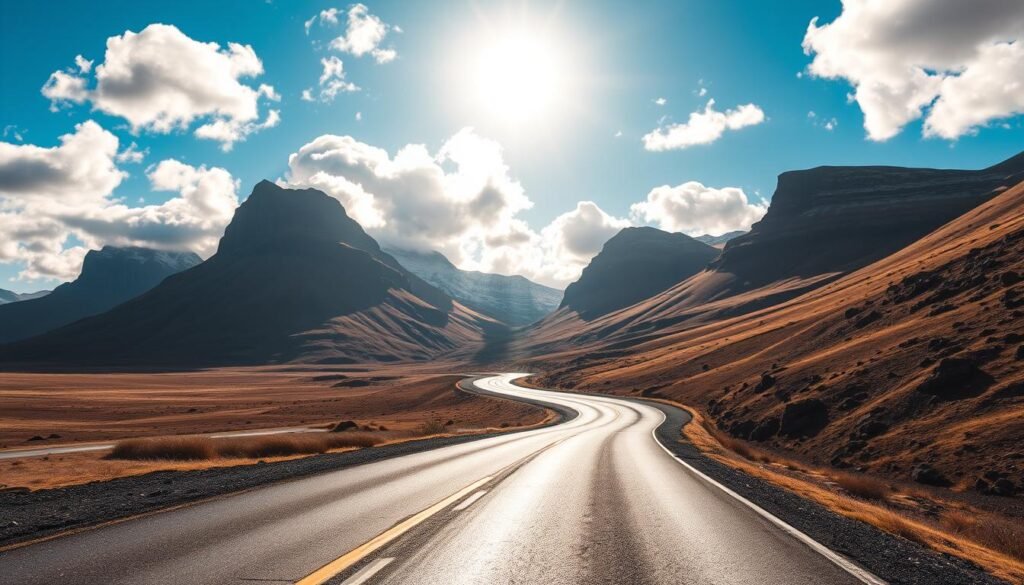
I plan each season around how daylight, road access, and crowds will shape a realistic daily rhythm. That helps me set expectations for driving, hikes, and when to chase the northern lights.
Summer (June–August): June has almost 24 hours of daylight and the midnight sun stretches my days. July and August stay bright, but wind and rain can flip the weather fast. I start hikes late to dodge peak crowds and still pack layers for changing temperatures.
Shoulder (May; September–mid-October): These months strike a balance: milder temperatures and fewer tourists. Daylight is solid for outings, though some highland roads remain closed in May. I use quieter hours for popular stops and save indoor plans for cloudy stretches.
Winter (November–April): Days are short and roads can close after storms, so I plan short driving legs and build weather buffers. This season rewards me with hot springs, ice experiences, and strong aurora chances. Reykjavik stays relatively mild by Arctic standards, but wind chill and icy surfaces need proper gear.
- I track daylight hours to place long drives and outdoor goals in the brightest windows.
- I reverse typical schedules in summer—hit the Golden Circle early or late to avoid peak crowds.
- In peak summer I consider Westfjords or East Iceland for dramatic scenery with fewer visitors.
Blue Lagoon, Hot Springs, and Classic Routes in the Cold Months
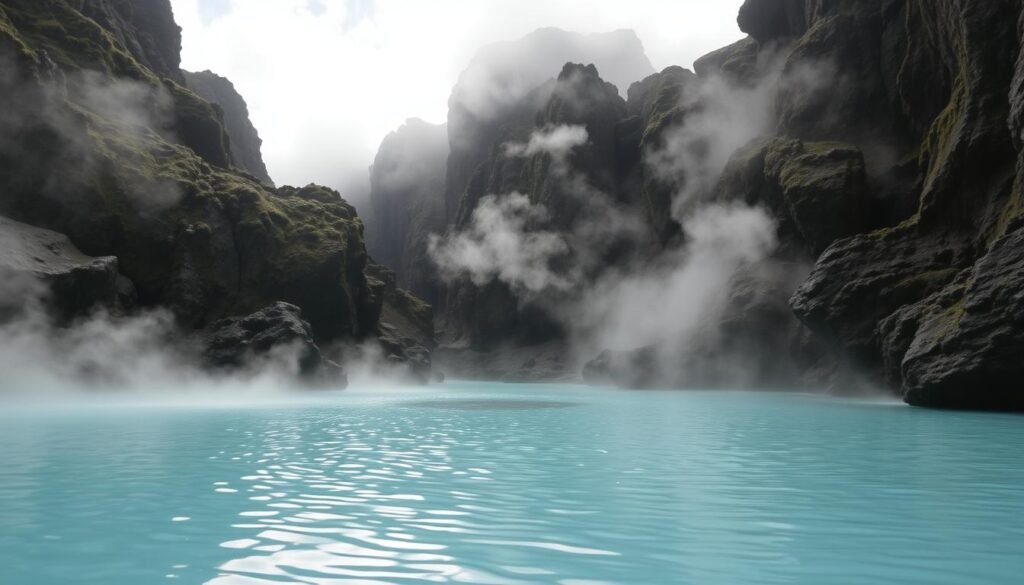
Cold months sharpen contrasts: steaming pools against fresh snow make simple stops feel cinematic. I pick geothermal breaks that balance calm, access, and daylight so my drives stay relaxed.
Blue Lagoon strategy
The Blue Lagoon is open year-round, but I book entries in off- or shoulder-season and outside peak hours. Early mornings or late afternoons cut crowds and let the milky water feel private.
If I want quieter alternatives, I swap in the Secret Lagoon or Mývatn Nature Baths for similar warmth with fewer people.
Hot spring culture and winter routes
In crisp fall and deep winter I time soaks after sunset for steamy, starry sessions and always shower and hydrate before and after a soak.
For Golden Circle loops and South Coast days, I watch road and weather reports, shorten drive segments, and leave wiggle room for icy pullouts. I keep microspikes, dry layers, and a thermos handy.
If the forecast clears, I’ll pivot from a late soak to chase the northern lights, then reward the chilly vigil with a final warm dip.
Conclusion
Pick what matters most—light, wildlife, or solitude—and let that guide your dates. I focus on priorities first, then shape routes and packing around weather and daylight.
Quick summary: summer (June–August) gives long days and road access; shoulder months (May, Sept–mid-Oct) balance milder weather and fewer tourists; November–March delivers snow, hot springs, and the best chances to see northern lights and the aurora borealis.
If whales top your list, aim May–October (June–July peaks); orcas often run Feb–early June on Snæfellsnes. For planning details and month notes, see this when to visit Iceland guide.
Final tip: set flexible days, watch road reports, and carry layers so your trip stays safe and full of great moments.


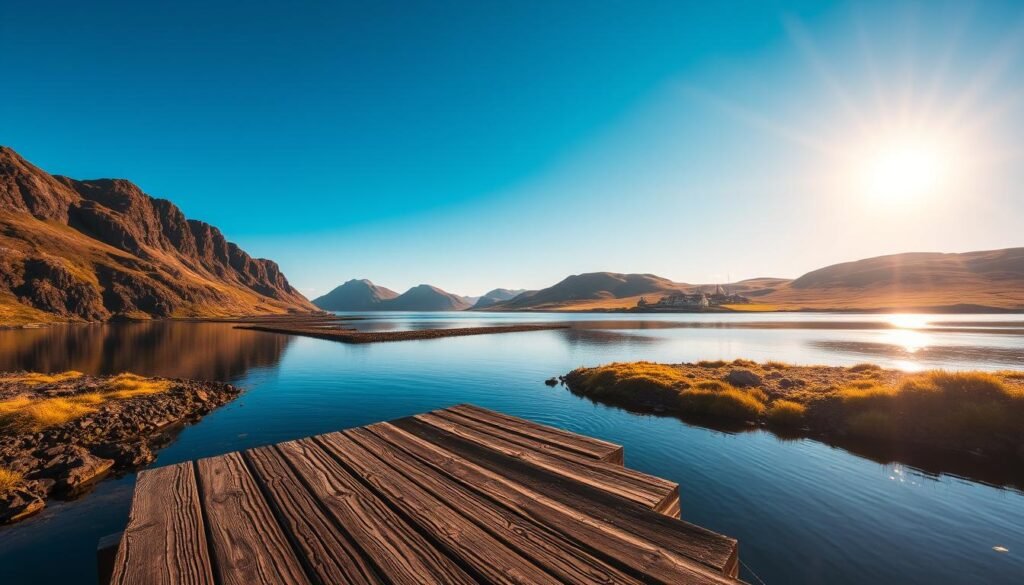



















One Response